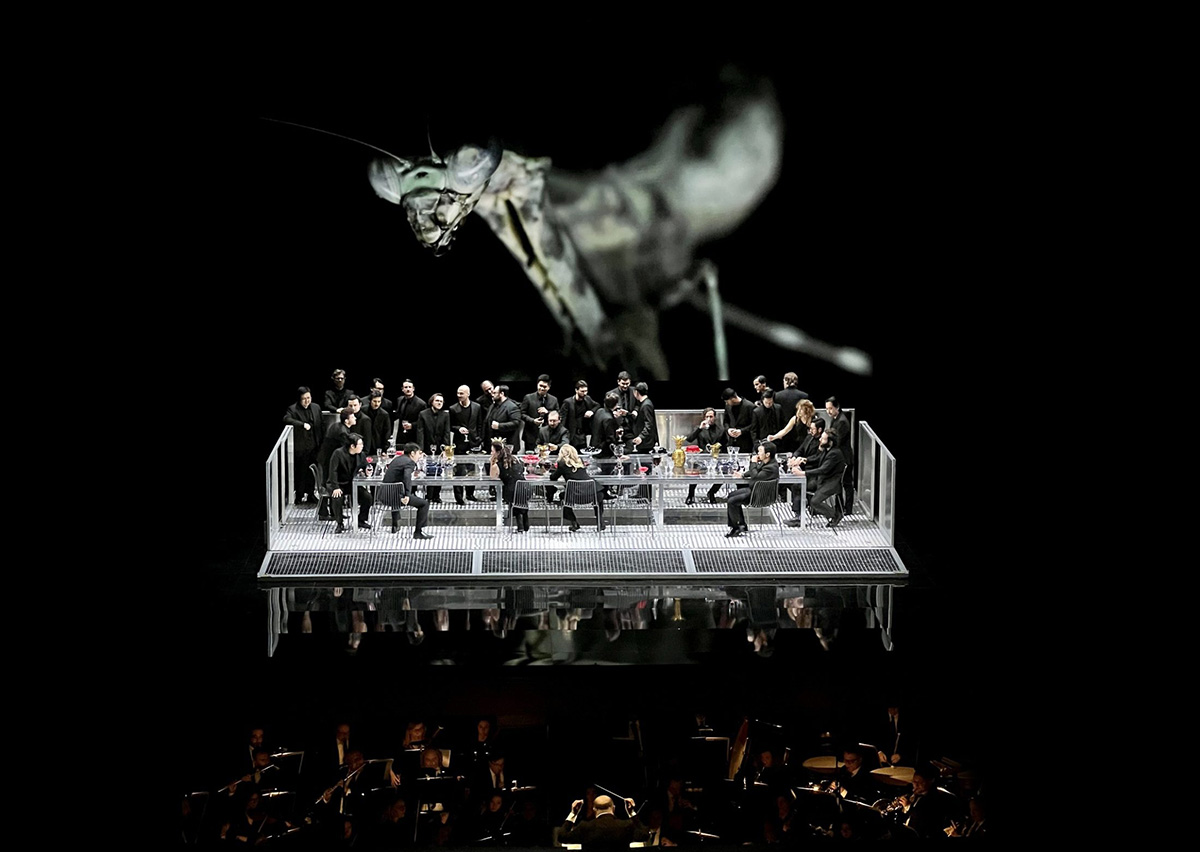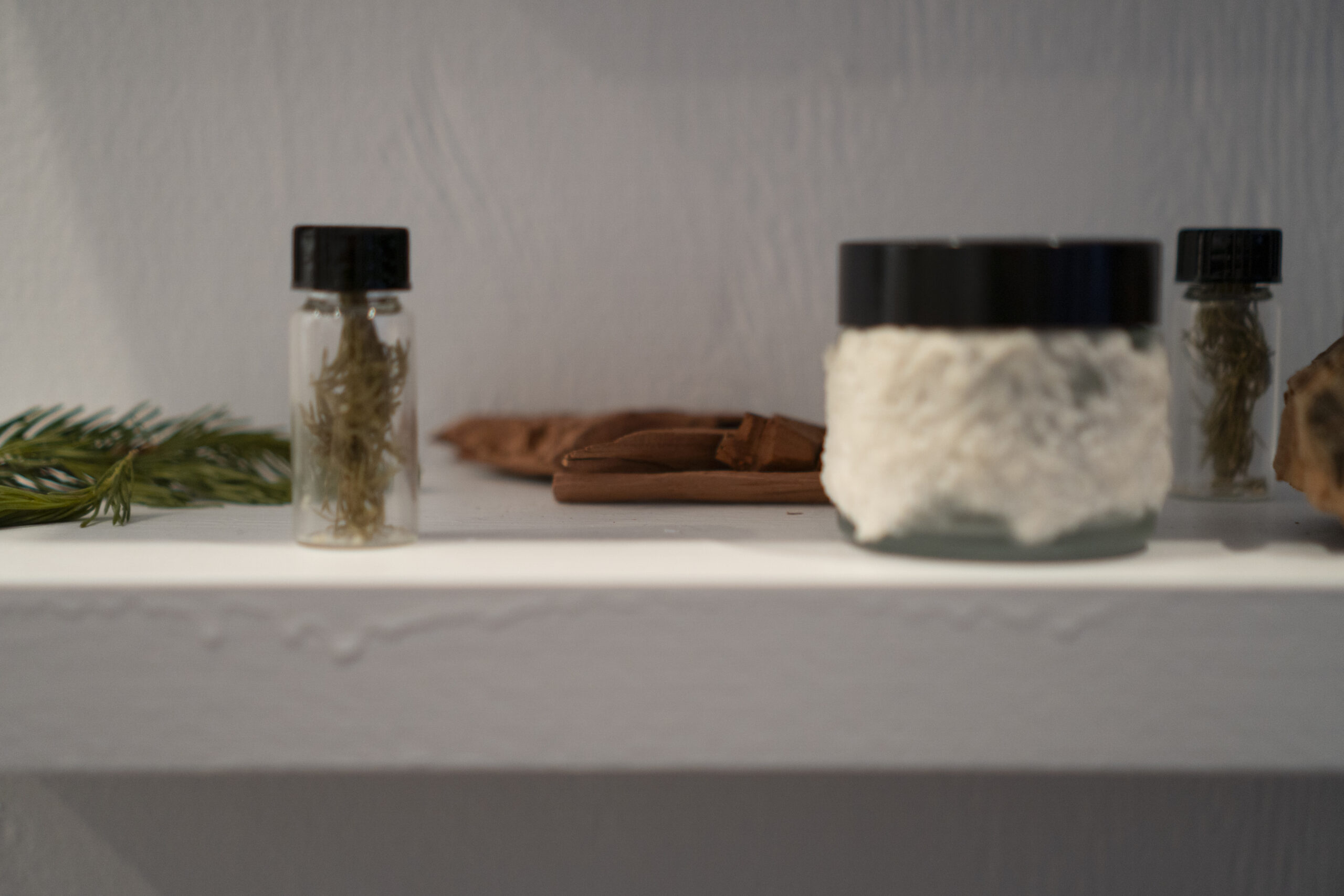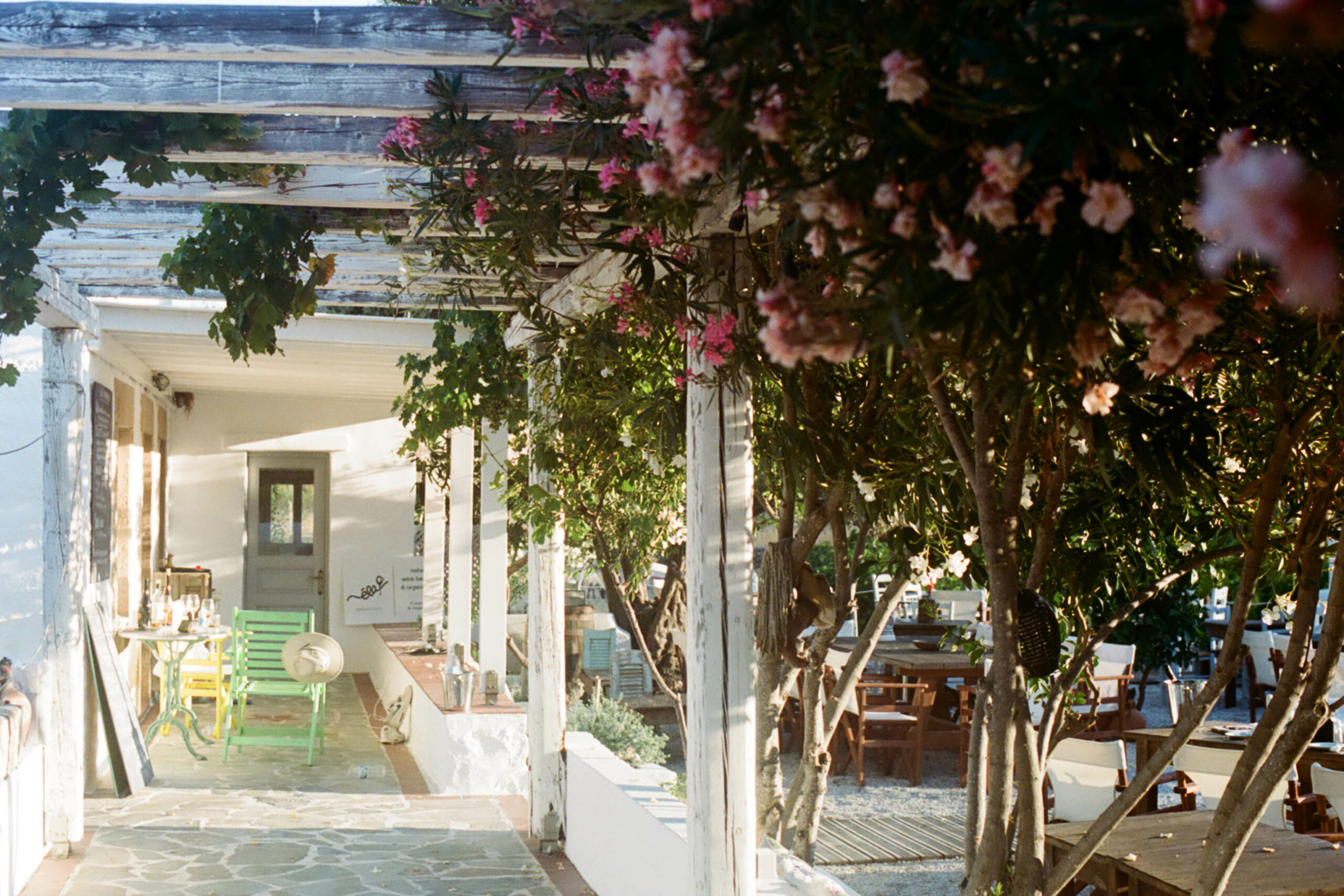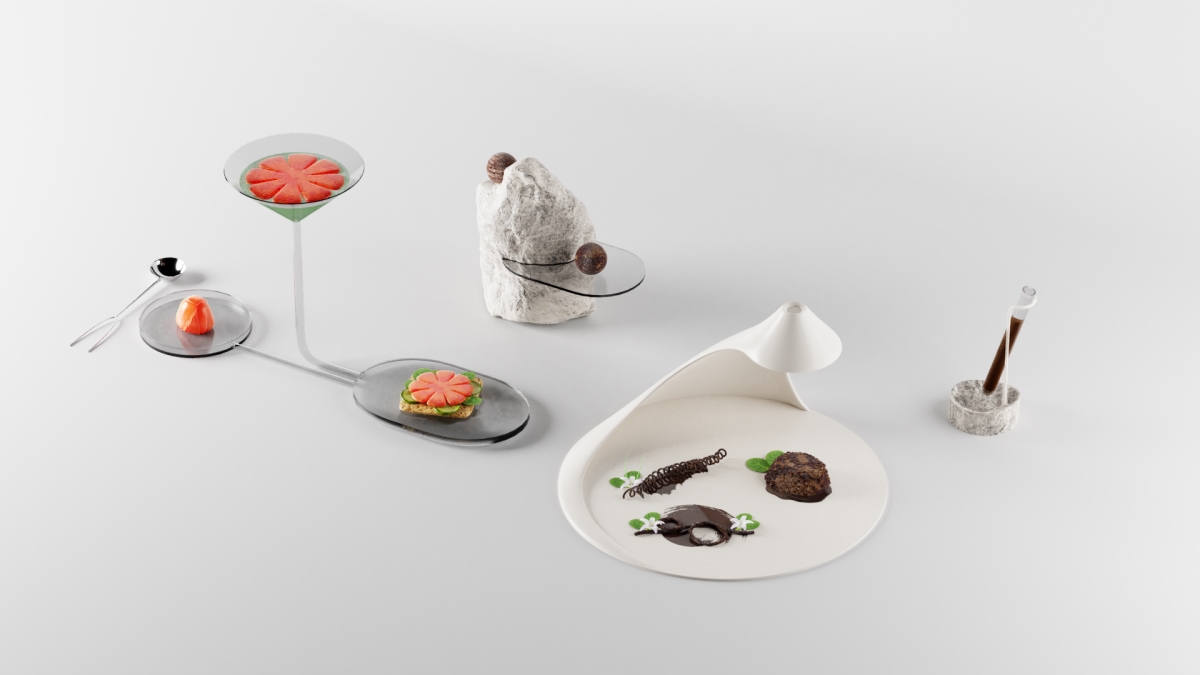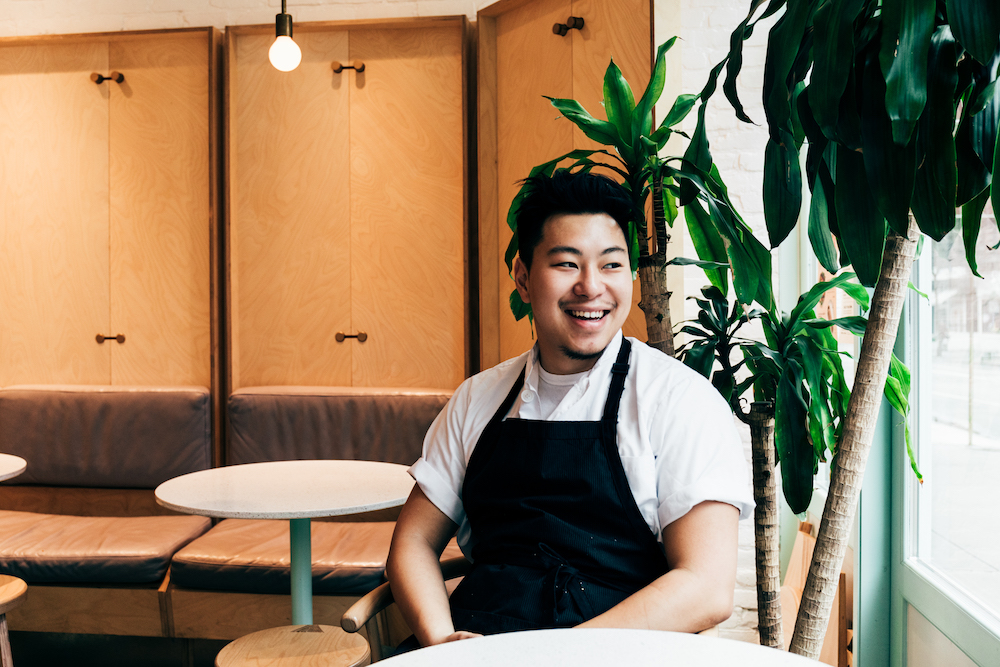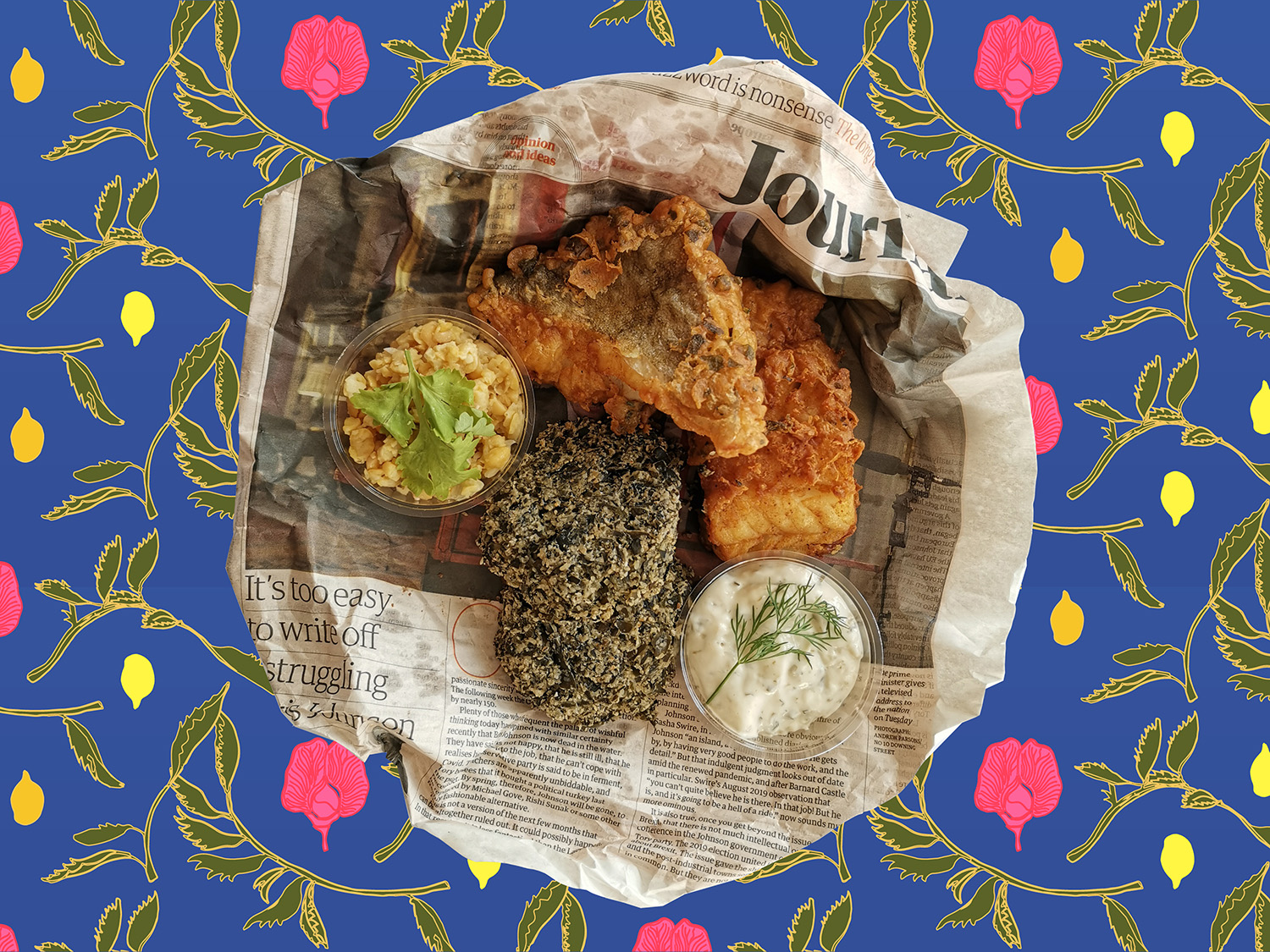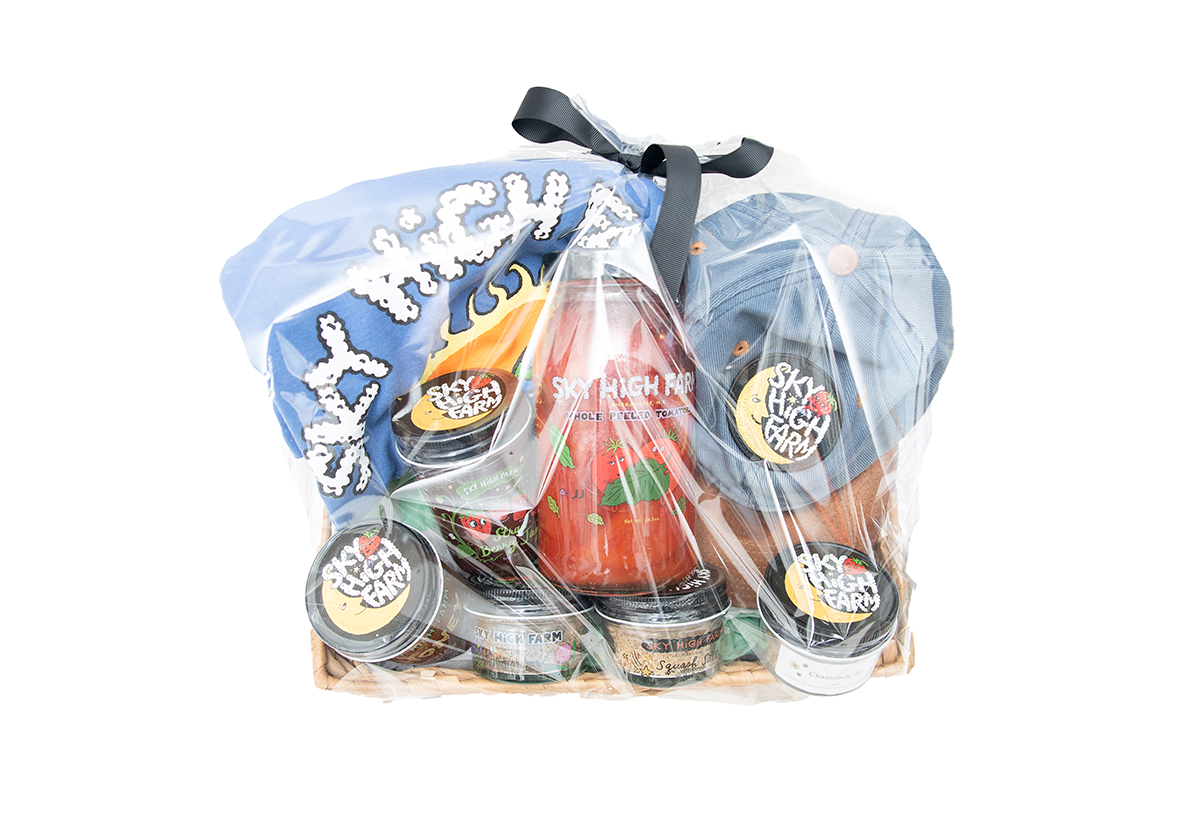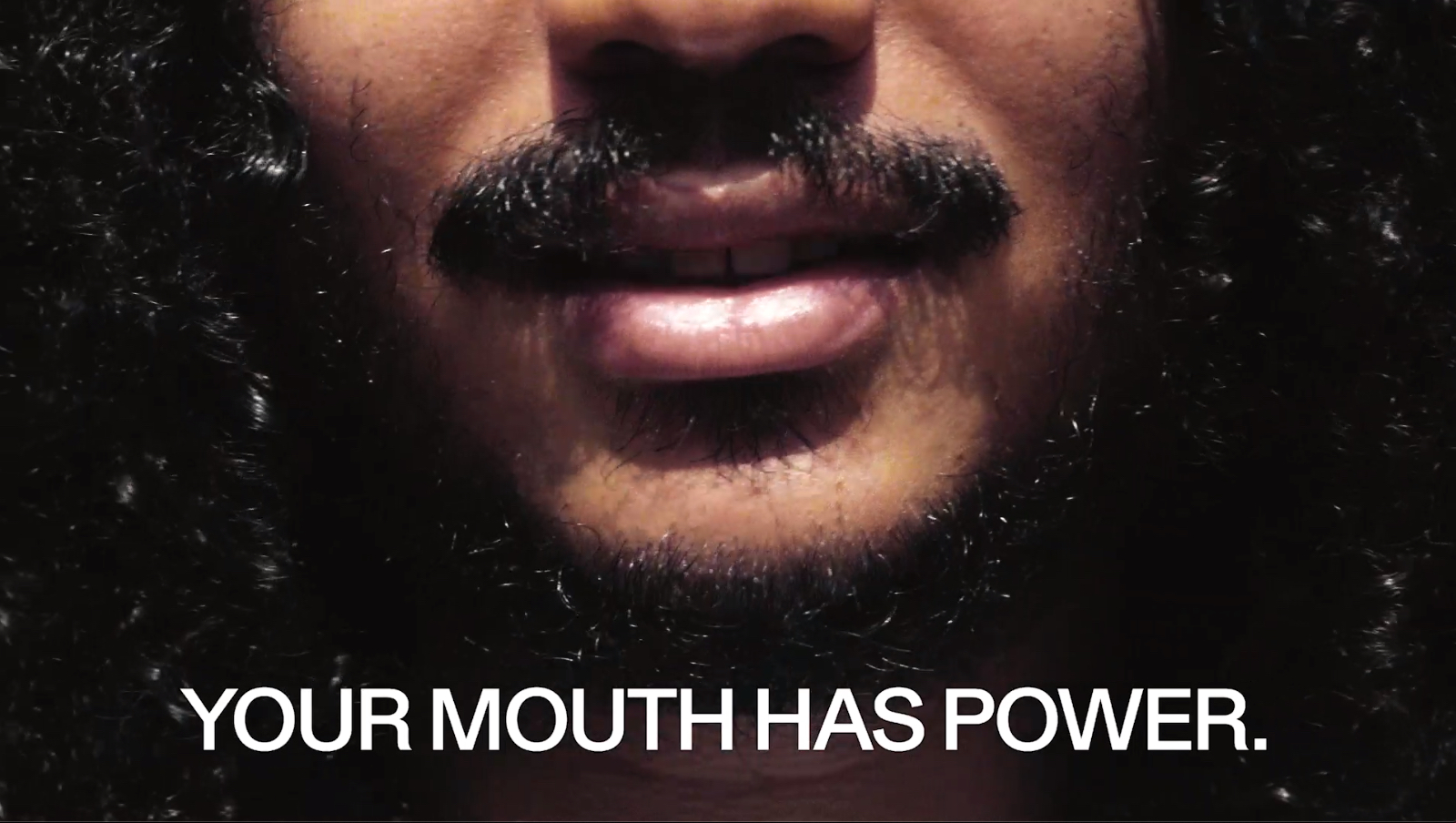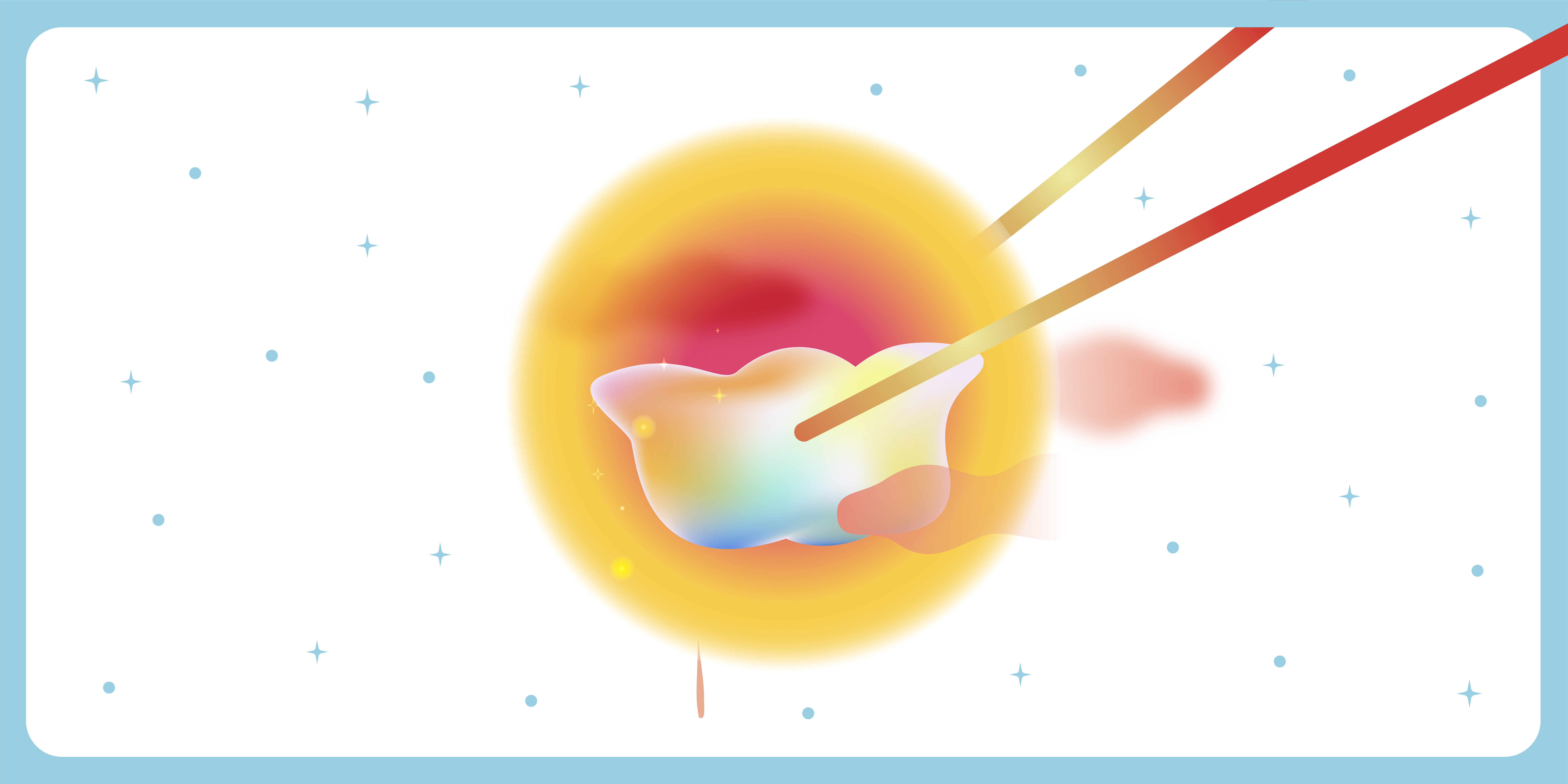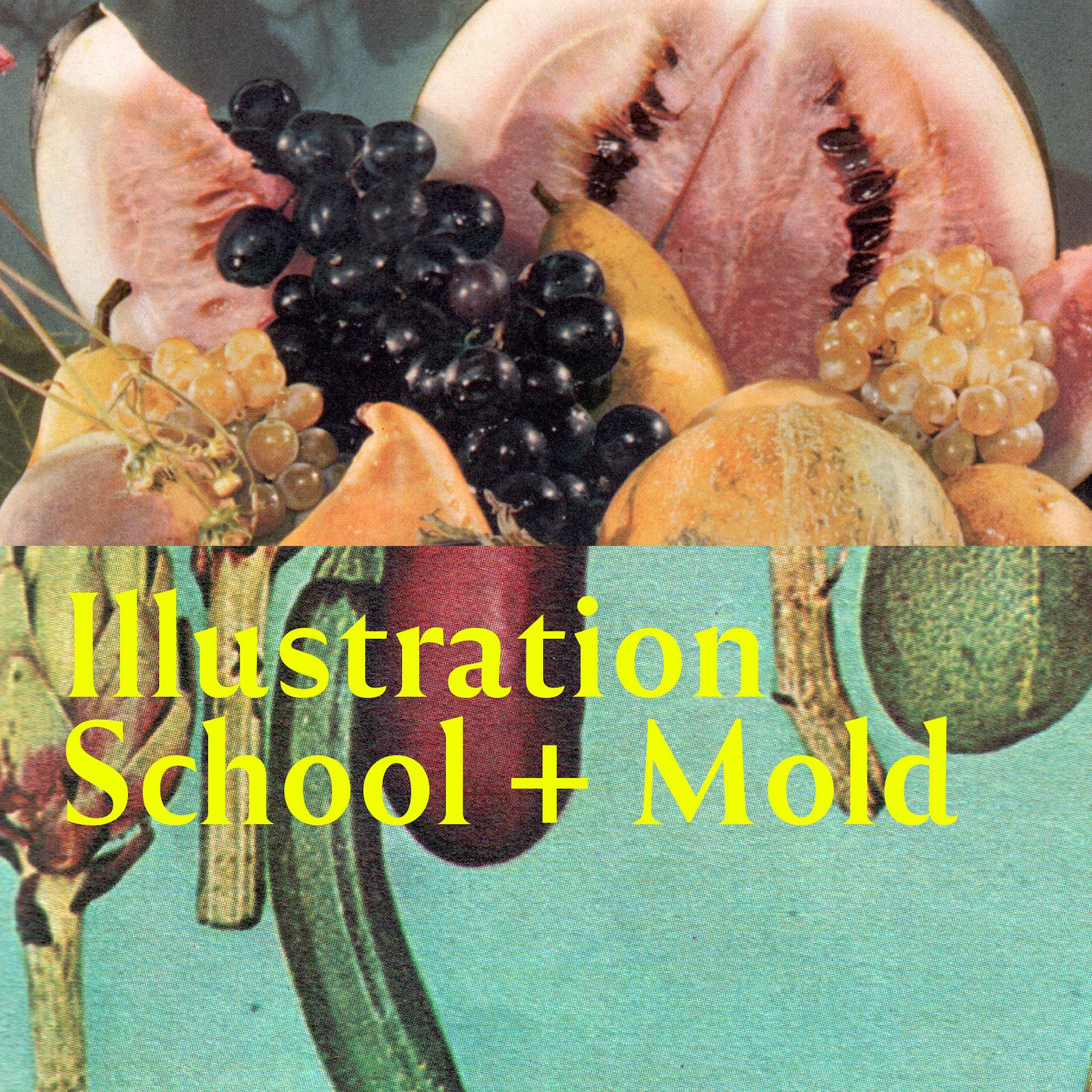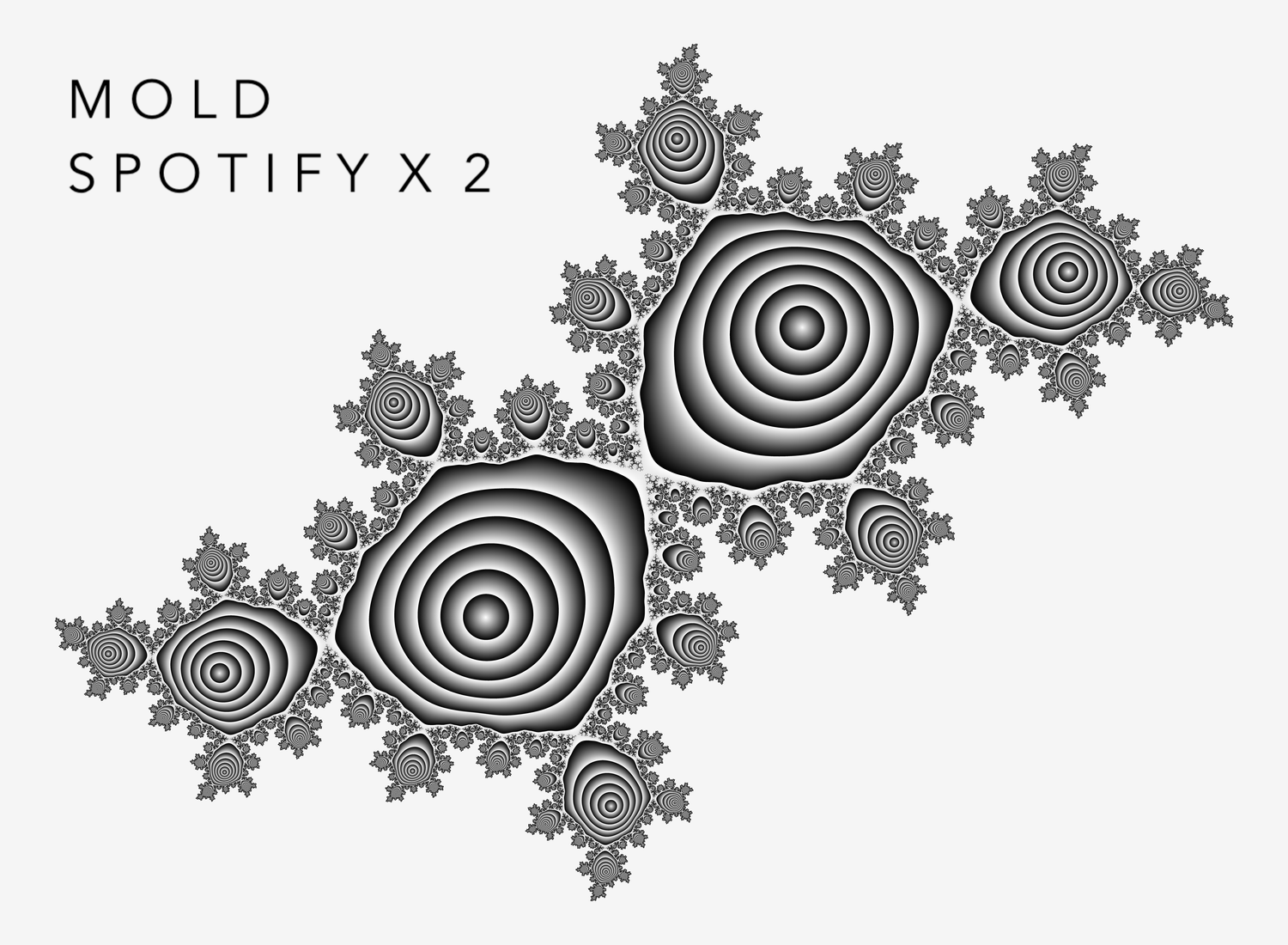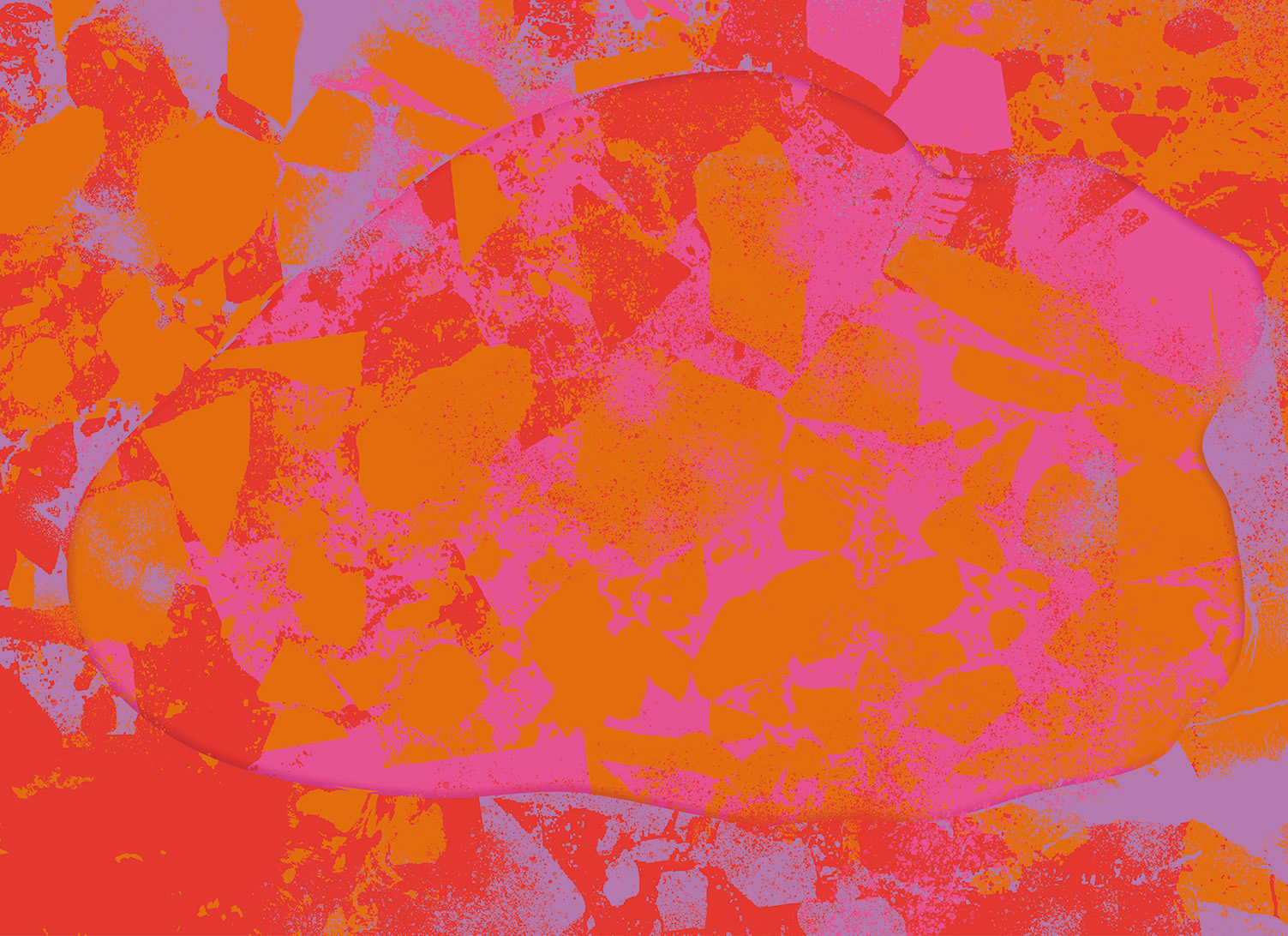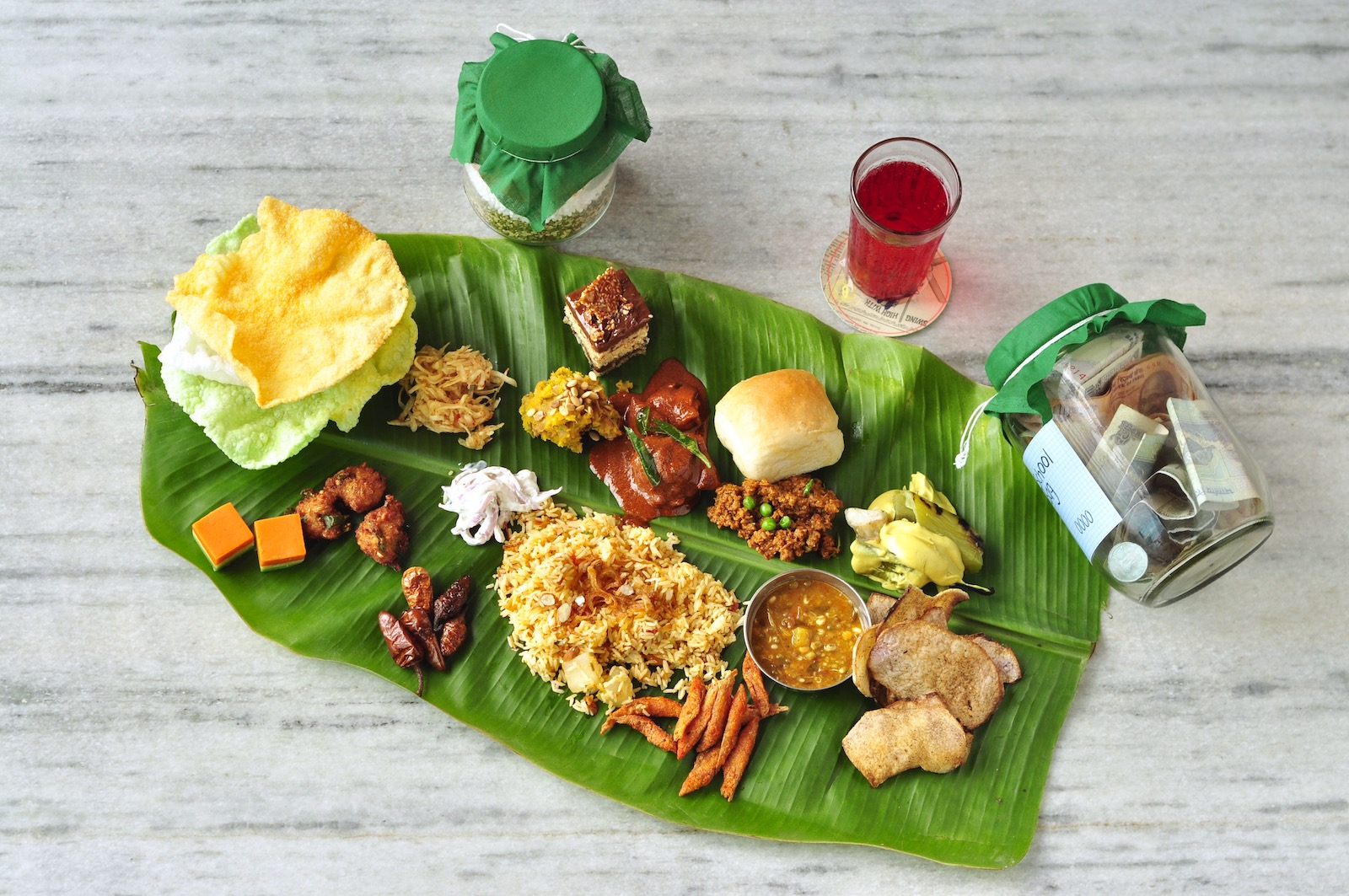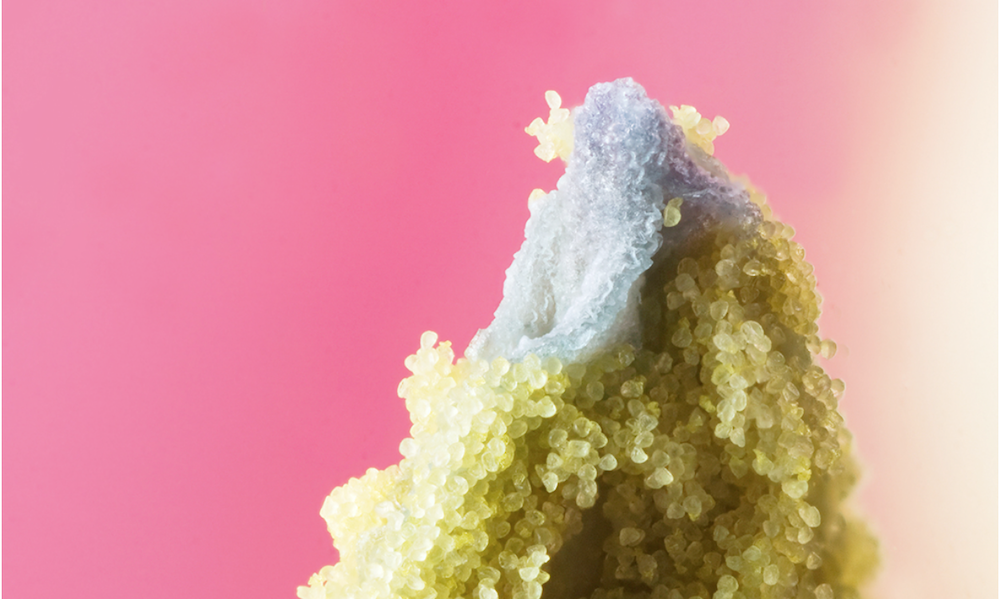For those who have had the pleasure of dining there, the nondescript door to the James Beard House can be a portal into another world. Stepping in off the West Village streets, the dark wood trim and iconic pineapple wallpaper of this 19th century space harken back to another era of New York luxury. The townhouse was once the private residence of James Beard, the “Dean of American Cookery,” and now serves as the site for year-round culinary programs that promote the breadth and depth of American cuisine through the eponymous foundation. As we close out 2019 and usher in a new decade, this site offers a bridge into another culinary future, a virtual one orchestrated by the artist Mattia Casalegno through his Aerobanquets RMX.

Inspired by the 1932 social document The Futurist Cookbook by Italian artists Filippo Tommaso Marinetti, Casalegno conceived of a virtual reality dining experience, “to create an experience in which the audience can focus on the perception of taste itself, without preconceived notions of how dining should look like,” he explained in an interview with MOLD. Exploring ways to design for the senses is the foundation for Casalgeno’s artistic practice. Virtual reality as a medium for his work appealed to him because of its immersive nature. “In VR you can manipulate space, visuals and music in very dramatic ways,” he shared, “and I noticed that taste is still an unexplored field in VR.” The first iteration of Aerobanquets RMXwas the result of a research and creation residency at the Chronus Art Center in Shanghai in 2018; a collaboration with chef Flavio Giglioni Carestia of Toscanini in Amsterdam. A second iteration at the FoodHack Festival this past June in Gwangju, South Korea, brought Casalegno in collaboration with the acclaimed New York City-based chef Chintan Pandya of Adda, whom he also worked with for the current iteration.
 Scenes from the Chronus Art Center in Shanghai
Scenes from the Chronus Art Center in Shanghai
The US debut of the project has the chef and television personality Gail Simmons narrating the diner’s journey through absurdist passages ruminating on a range of topics—from ingredients, the sensorial experience, GMOs and the seasons—in an upside down world. “The Futurists saw food as the ultimate promise of optimism. Every society and era has a distinctive way of preparing and consuming food, and they were among the first artists to embrace food in relation to the technological transformations of modernity, viewed at the time as a positive development,” Casalegno explains. “Today, the application of technology to food has very different implications: genetically modified fruit, laboratory-engineered meat, chemical supplements, so I wanted to emphasize the contrast between that utopian vision and what is going on these days. The narrator is this figure stuck in between two worlds, skeptical about what ‘people above’ are doing to the world below.” Vocalizing the character of Persephone, Simmons becomes a guide between virtual environments, navigating the above and below worlds.
After a brief introduction in the receiving room at the James Beard House, four intrepid diners are escorted up the winding stairs of the townhouse, past the famed dining room with its period charm—replete with chartreuse green walls and oversized portrait of Beard—and into a small white room with four swivel chairs arranged around a common table, lit by the neon glow of screens. The room could be anywhere in the world, and its anonymity is a function of stripping out expectations for the dining experience. After adjusting VR headsets on each participant, the narrative begins to play with the first scene situating the diner at the James Beard House’s dining room, just a few floors below.

In Aerobanquets RMX, the diner is fixed to their seat, a passive participant in unfolding virtual worlds around them. There are small moments of interaction—in one scene you can “play” virtual instruments made of cuts of meat floating in a soundscape designed by the producer and artist DJ Spooky—and see one’s hands rendered through digital filters throughout the experience. This is important because beyond designing the environments, Casalegno designed a custom vessel for serving and tasting each course. This vessel—a cross between a hand bowl and plinth for tasty morsels—can be tracked in the VR experience. It’s organic shape allows the diner to feel out the tableware with both hands and orient it successfully to one’s lips, tipping back the head and opening one’s mouth to deliver a single bite in each environment.
 Scenes from the FoodHack Festival in Gwangju
Scenes from the FoodHack Festival in Gwangju
Each morsel is visualized in the experience in unexpected and unusual ways. The dissonance between the virtual representation of the morsel and the ways that one experiences it as the flavor, texture and mouthfeel is processed in the mouth is the real magic of Aerobanquets RMX and the VR dining experience. “My proposition was: how do you visualize taste? What is the shape, the color of a flavor?,” Casalegno explained. His answer was to create a system for categorizing ingredients and flavor combinations that would translate into colors and textures for his 3D models. Using Niki Segnit’s Flavor Thesaurus as a guide, Casalegno wrote a program that would visualize sensorial elements by generating data-sets of points, lines, meshes and textures based on flavor combination categories like meaty, earthy, mustardy and floral fruity.
In virtual reality, the ways that we experience scent, texture and flavor have an outsized impact on our experience, and as I learned for VR dining, our emotional connection to food. Without “seeing” a dish and engaging in the physical space, our expectations around the experience of flavor can’t be established. For the restaurateur Roni Mazumdar, executive producer for Aerobanquets RMX at James Beard House, this was the power of virtual reality dining. “What happens when you change everything that you perceive your food by?,” he poses. “This is a new media and new language for dining.” How do South Asian flavors translate when visual cues and environmental contexts remove any preconceived notions?
 Scenes from the FoodHack Festival in Gwangju
Scenes from the FoodHack Festival in Gwangju
For one, the flavor profile of each bite, its texture and mouthfeel, become charged eliciting waves of confusion and delight. As a diner, I experienced a disconnect between my perceived textures and the visual cues generated by the software. The exception was the last course, a falooda composed of vermicelli, basil seeds, pistachio and rose that had equally playful filaments protruding from its virtual counterpart. This dissonance was often more confusing than revelatory. Although Aerobanquets is a huge leap into the nascent space of VR dining, the term “dining” still seems like a misnomer. Ultimately, dining is a social act that brings people together to share a common experience. As VR dining progresses into an undefined future, discovering new ways for people to find common ground together in unchartered gustatory landscapes will be critical to its success.
Aerobanquets RMX is on now through December 29th January 26 at the James Beard House in New York City.
